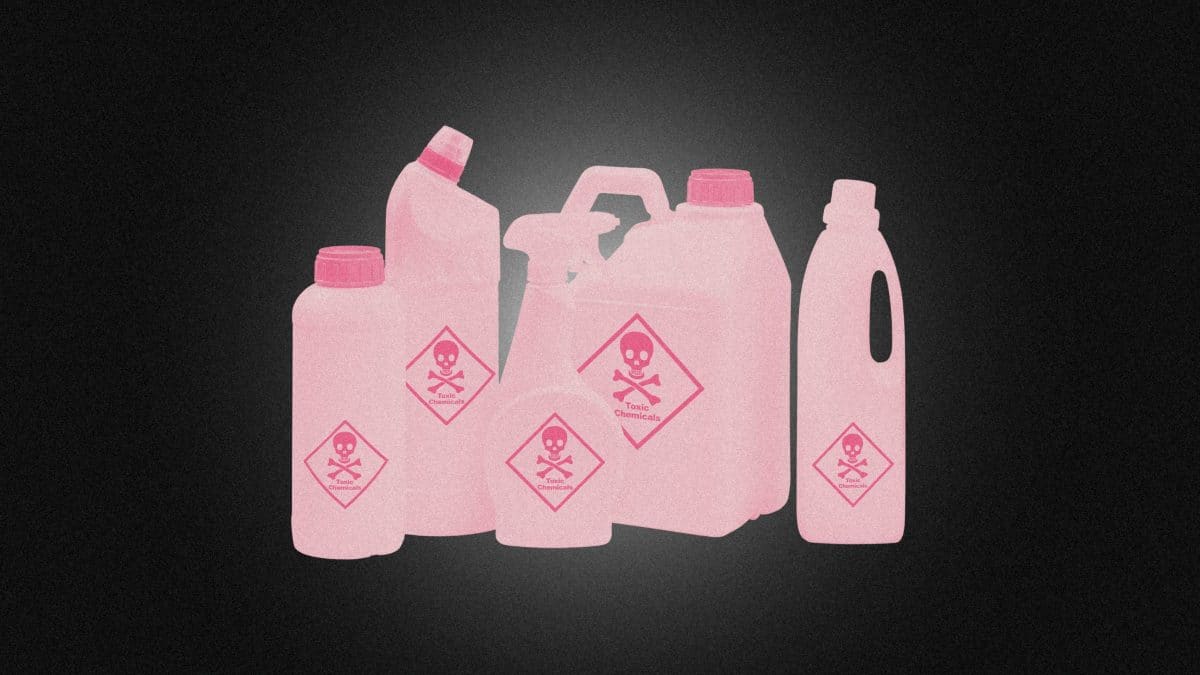In the grand symphony of New Year resolutions, where health and wellness take center stage, we often look to detoxify through kale smoothies, yoga poses, and fitness routines. Yet, as we meticulously curate our healthy lifestyles in the era of ‘clean girl’ and ‘that girl’ aesthetic trends, we might be overlooking a crucial backdrop: our homes.
That’s right. Our everyday household products may just be the silent saboteurs of our well-being. The constant exposure to toxins, chemicals, and synthetic fragrances found in many of our daily products is perhaps a slow but steady march toward an array of health issues.

We sat down with the visionary co-founders of the pioneering clean-living brand, The Botanist. This homegrown company is on a mission to redefine household cleaning products and everyday items, championing the cause of cleanliness without compromise.
In our exclusive conversation, The Botanist shares expert insights, invaluable advice, and a foolproof guide on how to detoxify your living space. Prepare to bid adieu to hidden toxins and usher in the new year with a home that radiates health and vitality.
Read our exclusive conversation on how to detoxify your space with Simona Sotirovska and Ruby Giroux, co-founders of The Botanist…
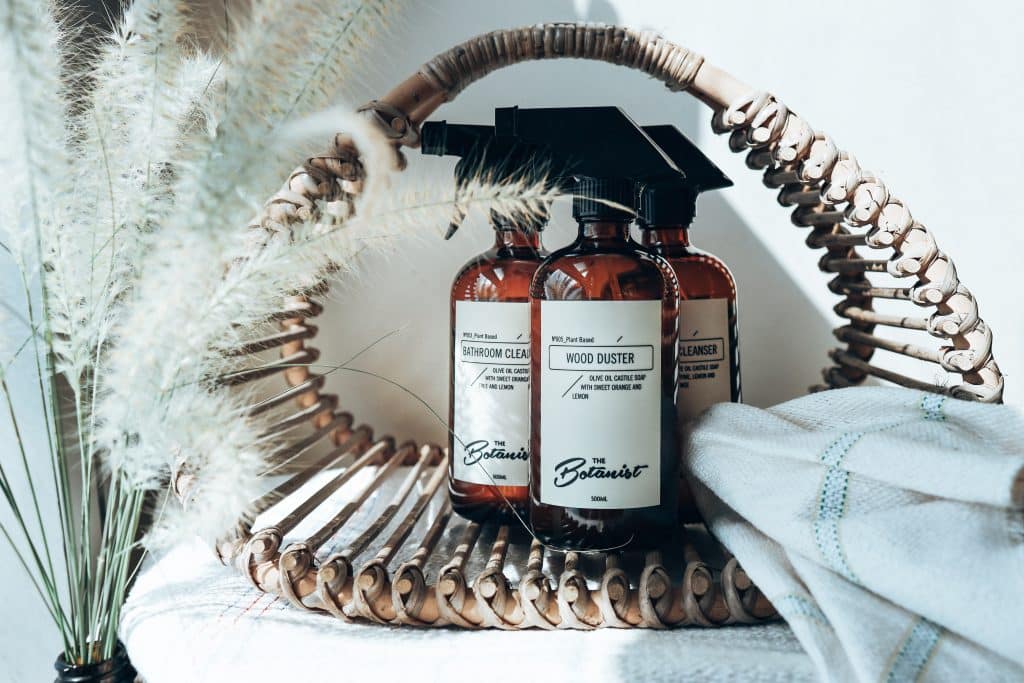
Why we all need to detoxify our homes:
Cosmo ME: In what ways could our homes be considered toxic, and what common household products are considered harmful to us?
The Botanist: Common household products that can be harmful to us include things like cleaning products, air fresheners, cosmetics and personal care products, and artificial fragrances. For example, many conventional cleaning products contain harsh chemicals like ammonia, bleach, and volatile organic compounds that can irritate the skin, eyes, and respiratory system.
Air fresheners often contain phthalates and other chemicals that can disrupt hormones and negatively affect indoor air quality, and some cosmetics and personal care products contain chemicals like parabens, phthalates, and formaldehyde-releasing agents, which can be absorbed through the skin and may have hormone-disrupting or carcinogenic properties.

Cosmo ME: What are some health risks or dangers associated with toxic cleaning products?
The Botanist: Traditional cleaning products may contain chemicals that can put us at risk of respiratory problems, allergic reactions, headaches, hormone disruption and other more serious side effects. When used over time, these chemicals significantly add to the toxic load our bodies deal with that can cumulatively contribute to a decline in health.

Cosmo ME: What toxic chemicals should we avoid? And what red flags should we look out for on cleaning products?
The Botanist: Generally speaking, chemicals and groups of chemicals that should be avoided include ammonia, bleach, phthalates, parabens, volatile organic compounds, phosphates, triclosan, SLS and SLES – and this is by no means an exhaustive list.
To choose safer cleaning products, look for labels that indicate products are free from these toxic chemicals and opt for environmentally friendly and non-toxic alternatives. A big red flag for us on ingredient lists is a lack of transparency. You may have noticed that not every cleaning product label lists all the active and inactive ingredients and opt to use generic terms instead – so choose brands that have a specific and transparent ingredients list.
If you’re not sure about an ingredient’s safety, using resources like the Environmental Working Group’s (EWG) Guide to Healthy Cleaning can also help us make informed choices.
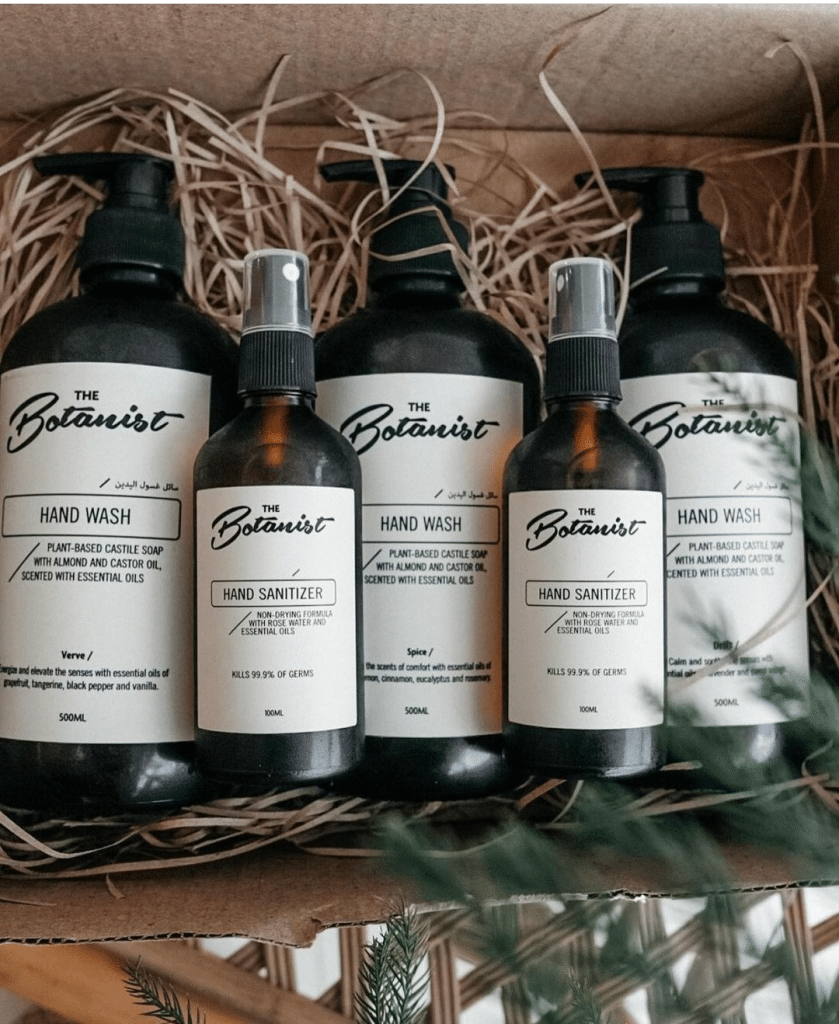
Are dry shampoos toxic?
Cosmo ME: As beauty lovers, we were shocked to learn that there may be some really harmful chemicals in dry shampoo products. Could you explain why this is, and suggest some alternatives?
The Botanist: Yes sadly us too! Sadly a report recently found high levels of benzene, a cancer-causing chemical, in many well-known dry shampoo products available on the market. Even more concerning is the fact that you can’t actually spot benzene on an ingredients list because it is essentially a byproduct – so we need to check the ingredients list for isobutane and propane – they are ‘propellants’ and they’re likely the problem.
Alternatively, it’s actually quite simple and easy to make your own dry shampoo powder at home – we make ours from corn starch, cacao powder and a few drops of essential oil but there are plenty of easy recipes available online.

Are scented candles toxic?
Cosmo ME: Similarly, we recently learned that our candles can also be very toxic. How can we look out for cleaner, safer alternatives?
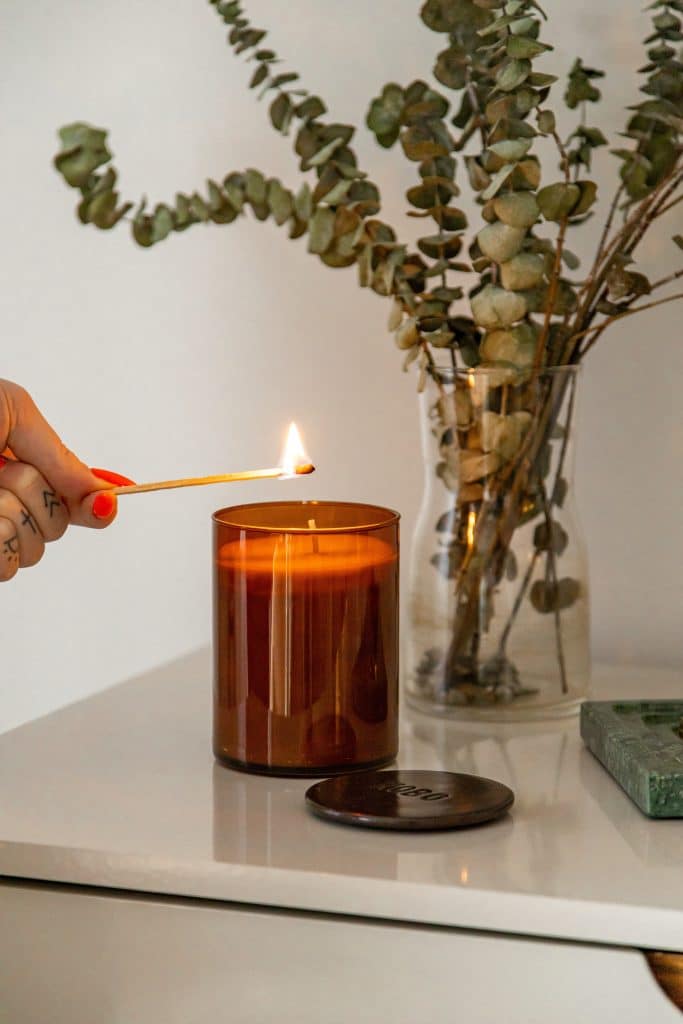
The Botanist: Many conventional candles are still made with questionable ingredients, synthetic fragrances and dyes, and can house a range of problematic volatile organic compounds, which can be released into the air while a candle burns and affects our health over time. When choosing a candle, it’s best to choose one with the following 3 things in mind:
- Wax type: Most candles today are made of paraffin wax and studies have found that burning paraffin wax releases potentially dangerous chemicals, like benzene and toluene (both are known carcinogens). Look for safer options such as plant-based or natural candle wax, such as soy, beeswax and coconut which can offer a more natural, sustainable approach.
- Fragrances and dyes: The reality is that many of the chemicals used to create fragrances and dyes today are synthetic petrochemicals that carry carcinogens and other potential toxicity warnings. To be on the safe side, look for phthalate-free candles that are derived from 100 percent essential oils in safe quantities.
- Wick type: Look for a lead-free, cotton or wood wick candle
Are fragrances toxic?

Cosmo ME: What about fragrances? Any concerns and cautions there?
The Botanist: This is definitely an area of concern that goes under the radar a little bit, because who doesn’t love a nice scent?! Many cosmetic and other consumer products can legally use the catchall term “fragrance” on an ingredient list but what many people don’t know is that the word ‘fragrance’ is unregulated and can potentially refer to thousands of chemicals used to make up a complex aroma, make it last longer, and so on.
Products with artificial fragrances should be minimized as much as possible. That’s why we chose to only use pure essential oils in our products that not only smell amazing but offer a range of aromatherapeutic benefits as well.
3 simple steps we can take today to detoxify our space:
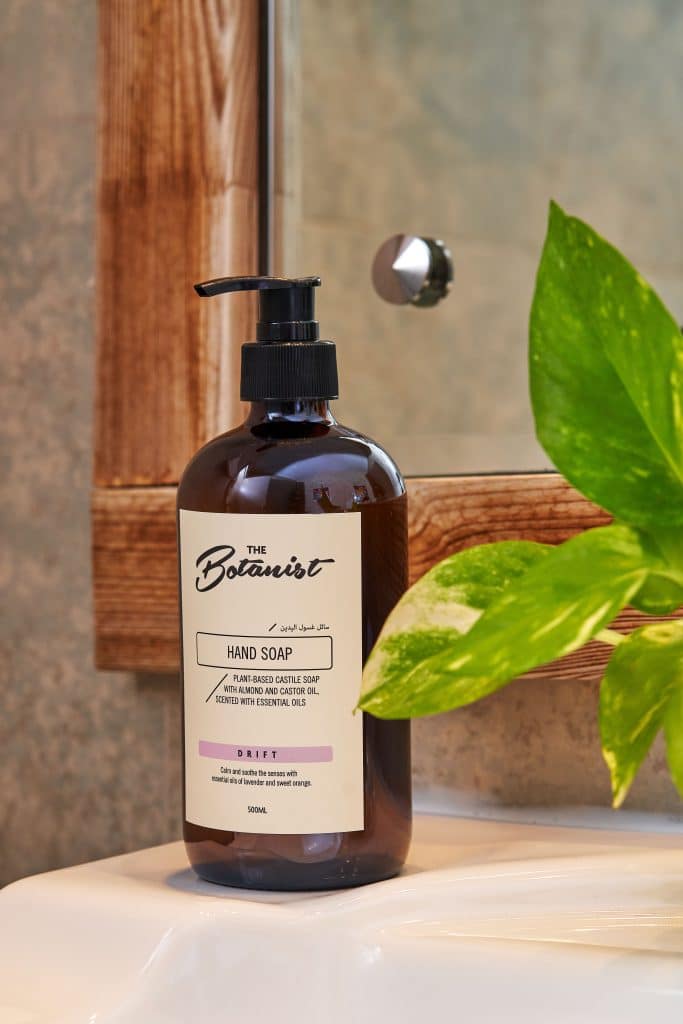
- Conduct a home audit
It’s important to do a home audit to see which products we use regularly at home. Typically these are things like cleaning, home, and personal care products that we use quite frequently. Analyze the ingredient list of these products to identify whether or not they could be harmful.
2. Switch up your products for cleaner alternatives
Aim to replace these with non-toxic, natural alternatives when possible to help reduce exposure to harmful chemicals in everyday household items. Non-toxic or clean cleaning products use mostly natural ingredients, reducing the risk of harmful health effects while effectively cleaning surfaces and maintaining a healthier indoor environment, as well as reducing their impact on our planet.
3. Get rid of harmful cookware
In the kitchen specifically, which is a really important space because this is where food is prepared and ingested, things like plastic food containers and non-stick cookware can also release harmful toxins, so it’s really important to take a look at the products and items we use daily and how we can replace them with safer alternatives to protect our health in the long term.
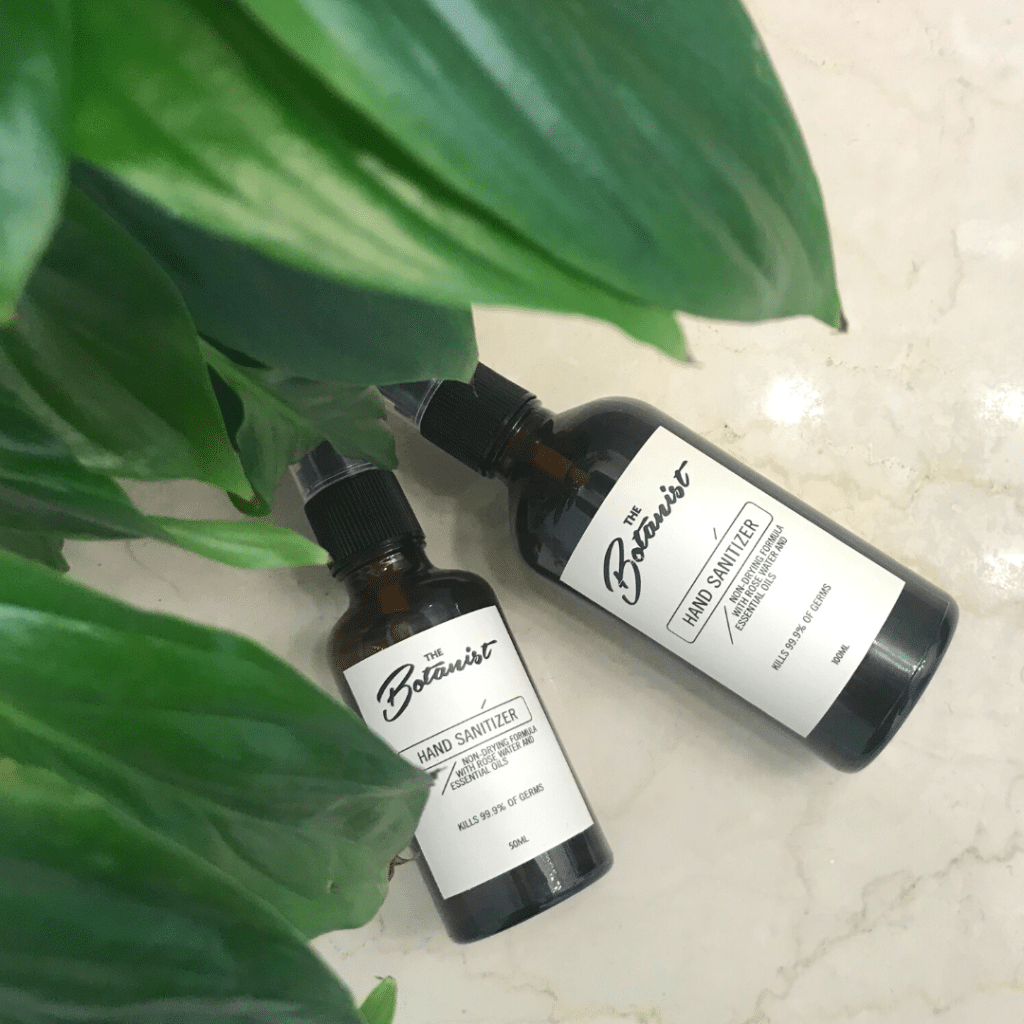
The Botanist’s mission toward a healthier home:
Cosmo ME: Tell us about The Botanist – how and why was the company founded?
The Botanist: Over the last few years, as we have learned a lot about our toxic load – a culmination of all the health-damaging toxins we are exposed to as we go about our lives – we also learned that home cleaning products were some of the worst contributors to this. For so long, the home cleaning category has been dominated by harsh chemicals and single-use plastics.
When we tried to find something safer that we can use at home, we were disappointed to find a lack of transparency on ingredient lists and very limited eco-friendly options. That’s when it became apparent that there’s a real need for a safe, transparent and environmentally sound option and the idea for The Botanist was born. While we initially started with a cleaning range, we have now expanded that to include other household staples that we offer in a natural, non-toxic version.
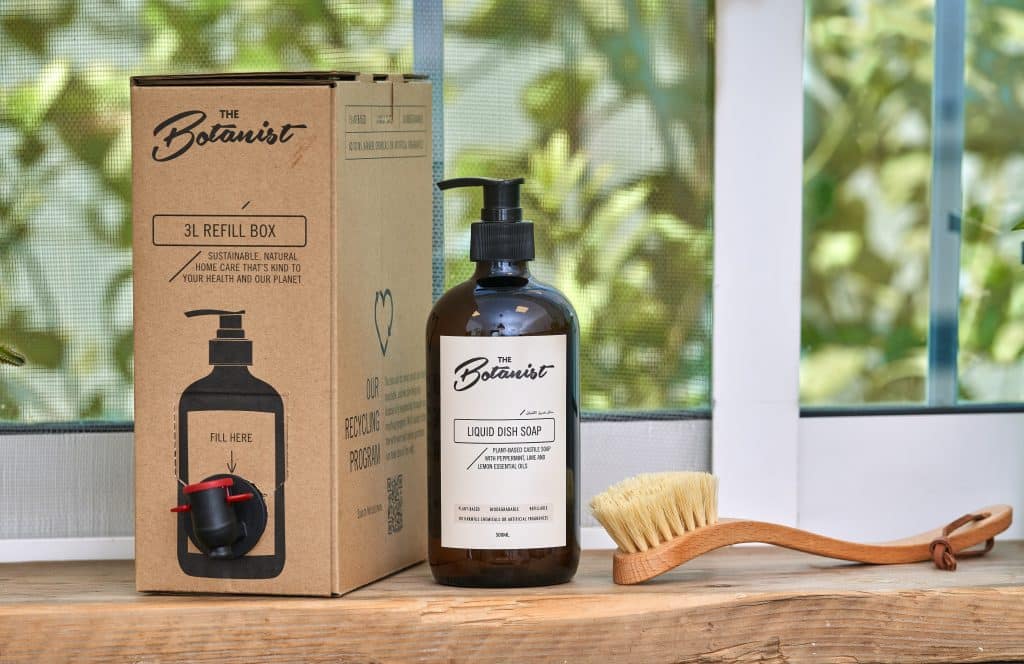
Cosmo ME: What does sustainability mean for your business?
The Botanist: It’s at the center of everything we do. Our products are made with safe, plant-based and biodegradable ingredients that have effective cleaning power yet protect our health, and they come in glass bottles that can be refilled with our low-waste bulk refill options, which leads to 90% less plastic generated compared to conventional products. So far this year, we have prevented over 8,500 single-use plastic bottles from entering circulation.
We are always looking for ways to reduce waste further, for example, earlier this year we introduced a new refill pouch that’s 55% bio-based material, made from renewable sugarcane. We’re really proud of this as it’s yet a further reduction in plastic usage, and we are the first brand in the country to implement it in our packaging.
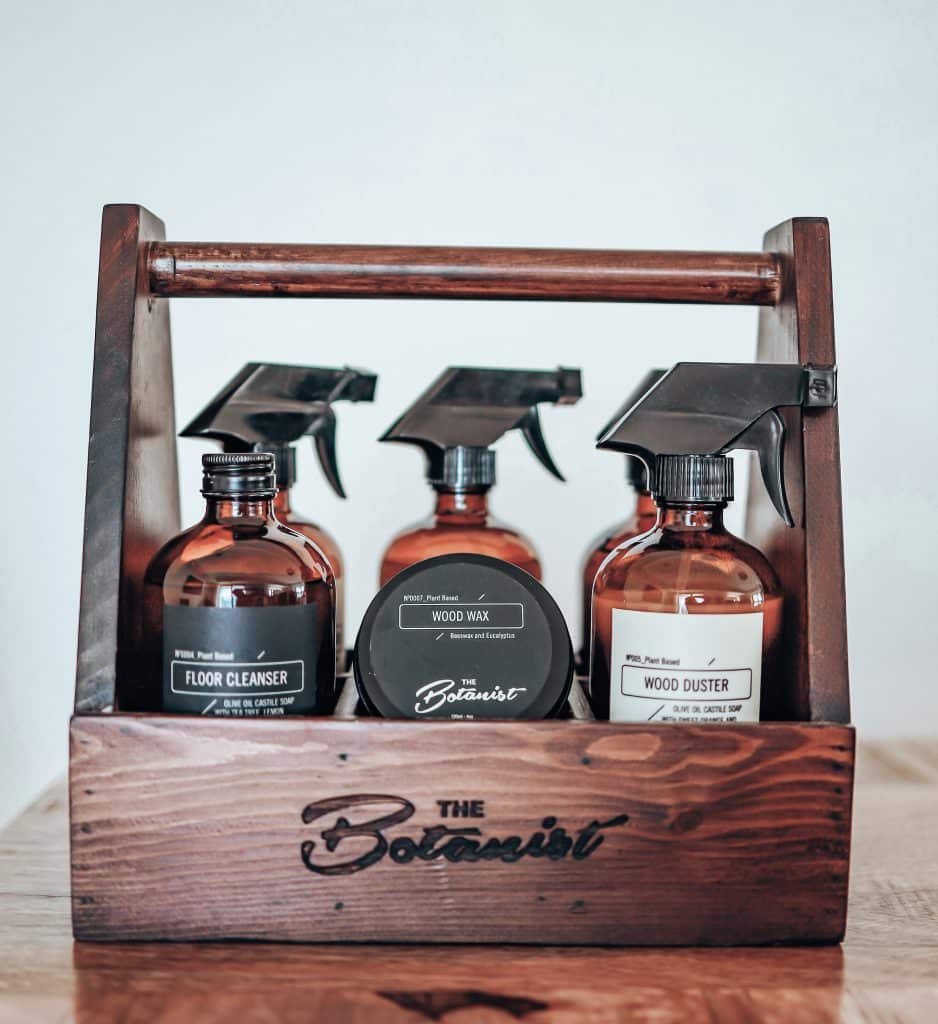
The Botanist was founded by Simona Sotirovska and Ruby Giroux. Looking to take action and detoxify your space for the New Year? You can find The Botanist products in stores at Waitrose, Spinneys, Crate & Barrel, Ripe Organic and more, as well as online here.
@cosmopolitanme Starting fresh in 2024 with clean, toxin-free homecare products from @The Botanist 🌿🤍 Looking to detoxify your space this year? Read our interview with the founders of The Botanist Dubai via the link in our bio! #TheBotanist #TheBotanistDubai #CleanHomecare #DetoxifyYourSpace ♬ original sound – kardashianshulu

